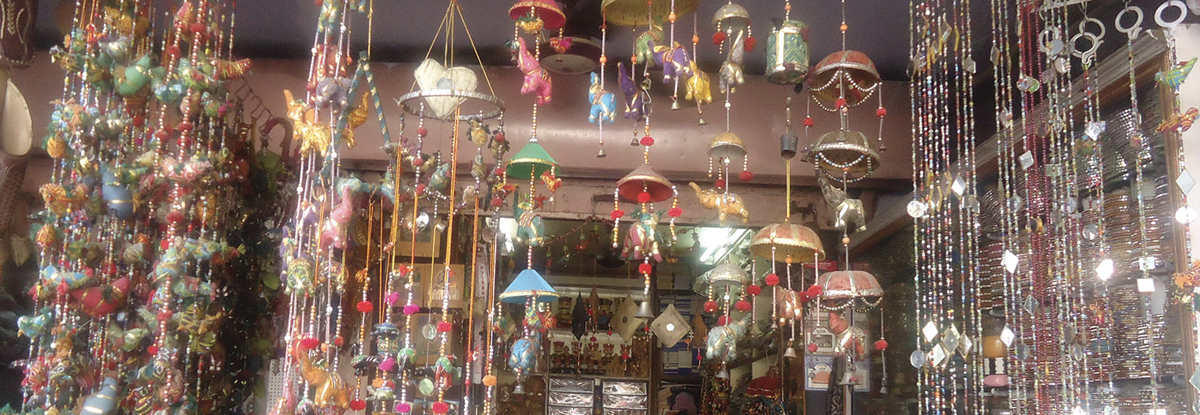Jaipur Bazaar’s Colourful Bargains!
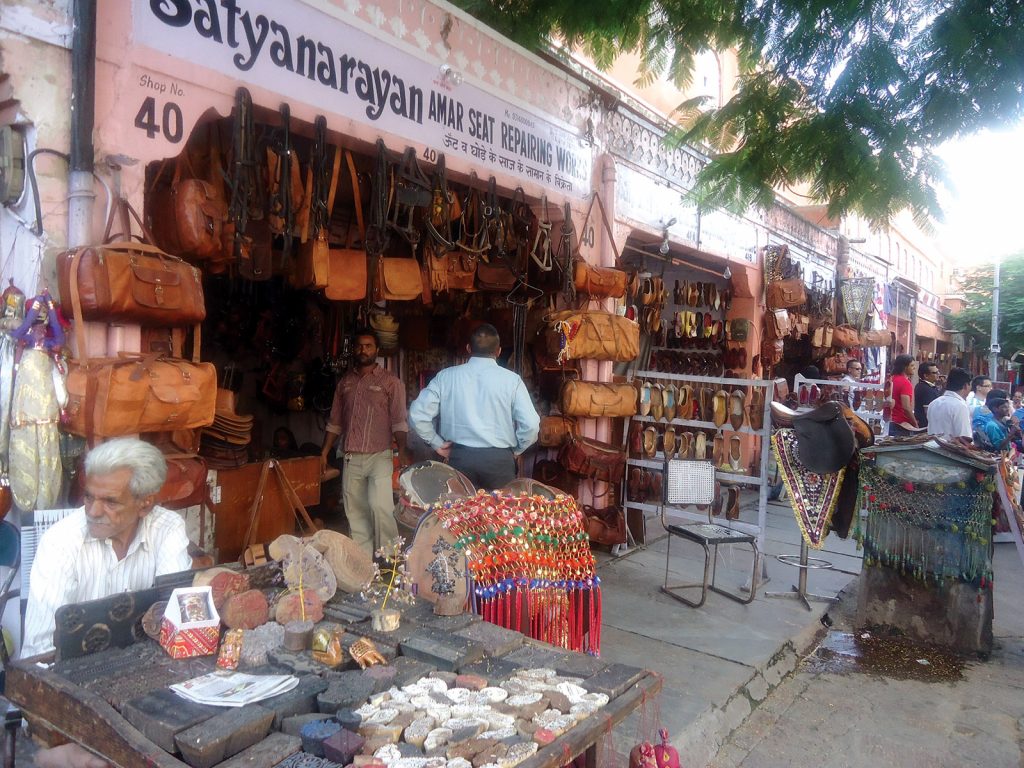
The markets in and around Jaipurʼs Hawa Mahal in the Old City have a timeless quality. Here, the site and sounds are as colourful as the items sold from stalls that lie within the crumbling walls of the City Palace. There are several bazaars to explore, and each one is like peeling another layer of an onion. The heady aromas of spices mix with elephant dung, smoke from open fires and sweet fragrant tea being brewed. It can be an overwhelming experience, but thatʼs the point. Itʼs an Indian bazaar! The shopping is great and the snake charmers are beyond belief. Jaipurʼs bazaars are the real deal and its fun as well to hangle and shop!
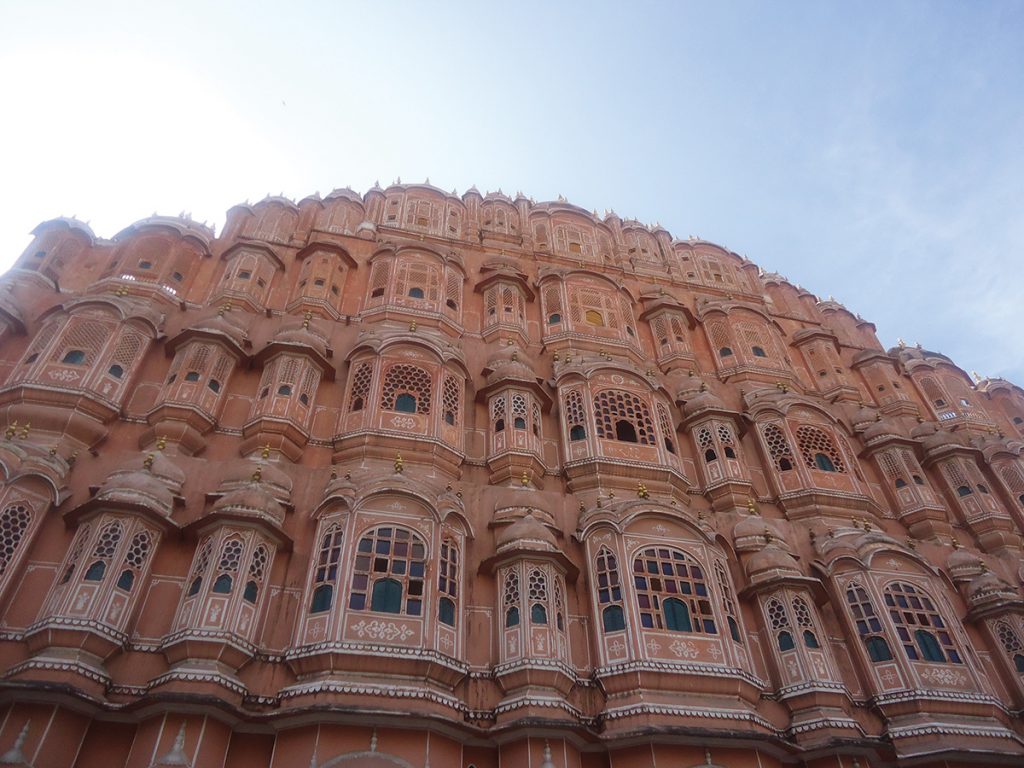
HawaMahal or the ʻPalace of Windsʼ, was built in 1799 by Maharaja Sawai Pratap Singh, and designed by Lal Chand Ustad in the form of the crown of Krishna, the Hindu god. Its unique exterior going up to five floors is also akin to the honeycomb of the beehive with its 953 small windows called jharokhas that are decorated with intricate latticework. The original intention of the lattice was to allow royal ladies to observe everyday life in the street below without being seen, since they had to observe strict purdah. Built of redand pink sandstone, the palace is situated on the main thoroughfare in the heart of Jaipurʼs business centre. Here, in the midst of all the noise and bustle, lie some of Jaipurʼs oldest and most interesting markets. Hawa Mahal is placed in the centre of Jaipur city, near the Badi Chaupad or the big square, right in the middle of the Johari Bazaar which is famous for its enamel or meenakarijewellery, thewa and kundankari.It is also known for polished precious and semi-precious stones and produces silver ornaments. You need to spend time to check on the quality.
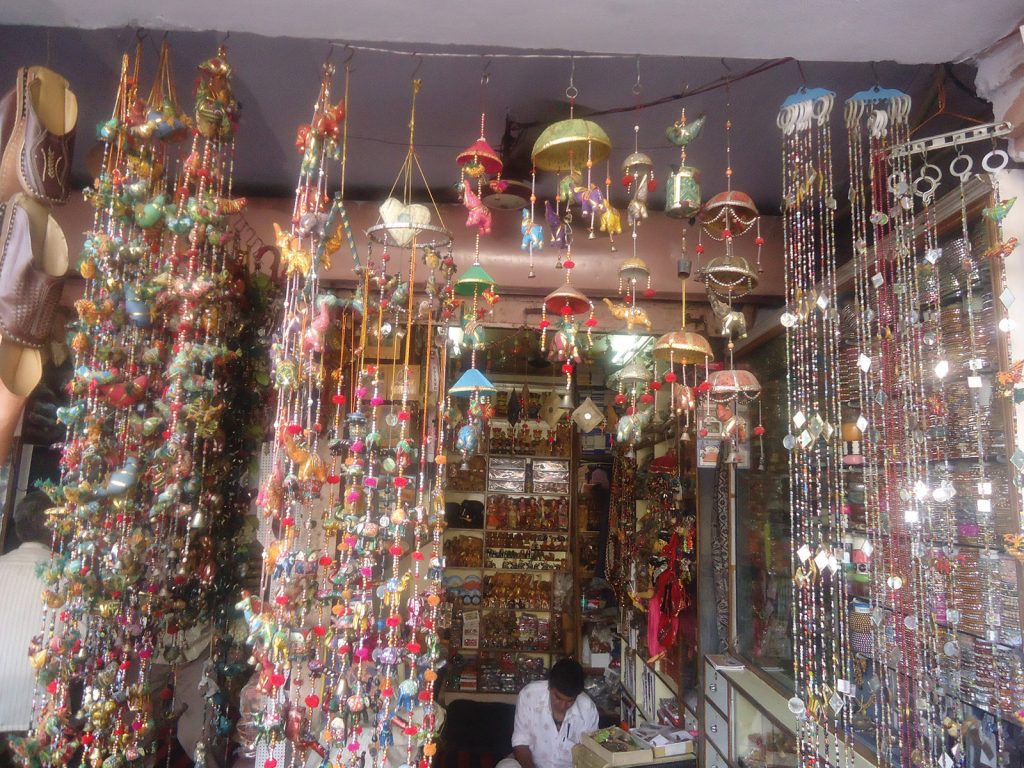
Jaipur is certainly considered as the best city for shopping in Rajasthan as it offers the best products of traditional crafts. The markets in the vicinity of Hawa Mahal truly represent the fact that Jaipur is a city of vibrant colours. You will come across the vivacious culture of this region while moving through these markets.

Jaipur offers a great break to stop and shop on your tour and usually tourists include shopping and visiting the lively markets in their itinerary. In the markets near Hawa Mahal you will find the best bargains. Mojaris are traditional Indian style footwear of leather with embroidery done on the upper part of the footwear. They come in numerous shapes and styles. They are a must inweddings where both the bride and the groom wear them.
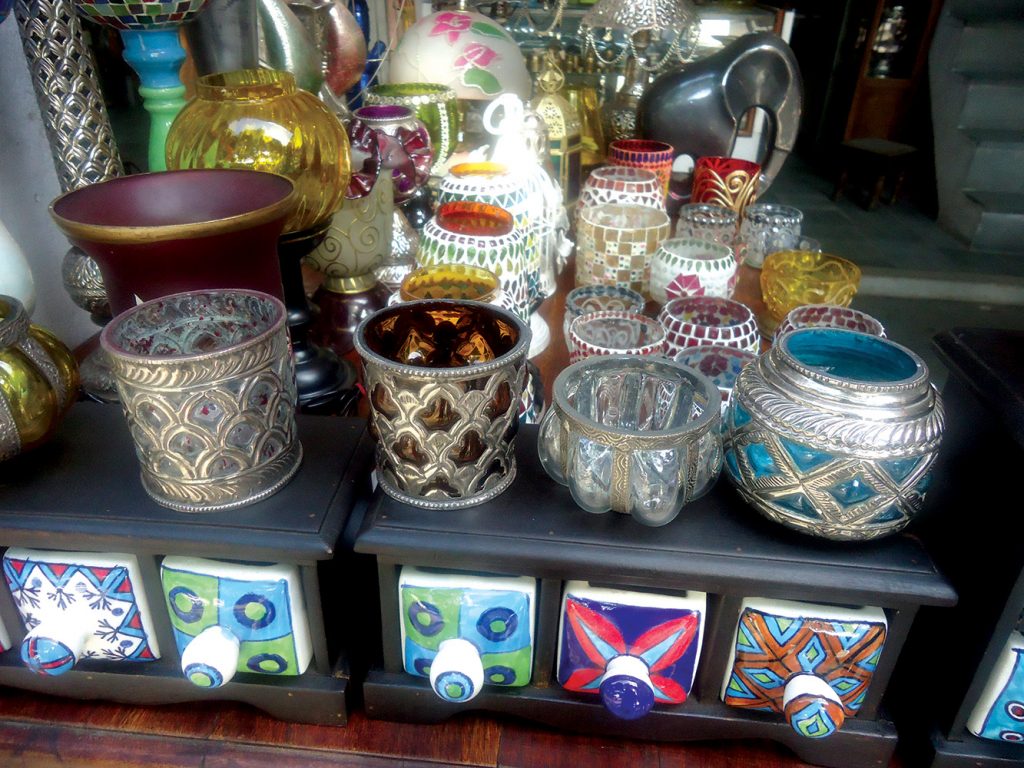
Blue pottery is another favourite item for shoppers. The art of making these glazed pots of multanimitti with intricate designs of blue green and white had almost died until Rajmata Gaytri Devi took an interest in reviving the art and started promoting it. Today it is flourishing again, much in demand in India and abroad.

Bagru and Sanganer printed textiles get their names from the villages where they are produced. These prints used to be fabricated by hand by wooden blocks. Now, screens are used to keep the costs down. Vegetable dyes are applied and the colours are in pastel shades. The cloth utilized is fine quality cotton and people like to use the textile for furnishings and upholstery. Also sling bags in Sanganeri prints are making a big fashion statement of late.
Jaipuri razais or quilts pile up outside many shops in the Hawa Mahal area. These quilts arearound 700 to 800 grams in weight, with outer covering made of very soft cotton cloth which is block-printed in vegetable dyes in pastel colours and the filling is of finely carded cotton evenly spread and stitched by hand. The best cotton from Punjab, Haryana and Ganganagar is used in these quiltsthat come in all sizes. The borders are sewn by machine to make them last longer. The razais are mostly manufactured in Chardarwaza, Idgah and Shastrinagar and sold in the bazaars of the walled city. In keeping with the demands and tastes of the customers the outer coverings are also now being made of silk and velvet.

Children love the puppet shows in these bazaars. But you can also buy a puppet or two for decorating your sitting room as well as glass candle holders and toys made from tin. Another favourite buy are the lac bangles. From the 18th century, artisans of Jaipur have been producing lac churas, along with gift items like jewellery boxes, mirror frames, bottles and pen stands.
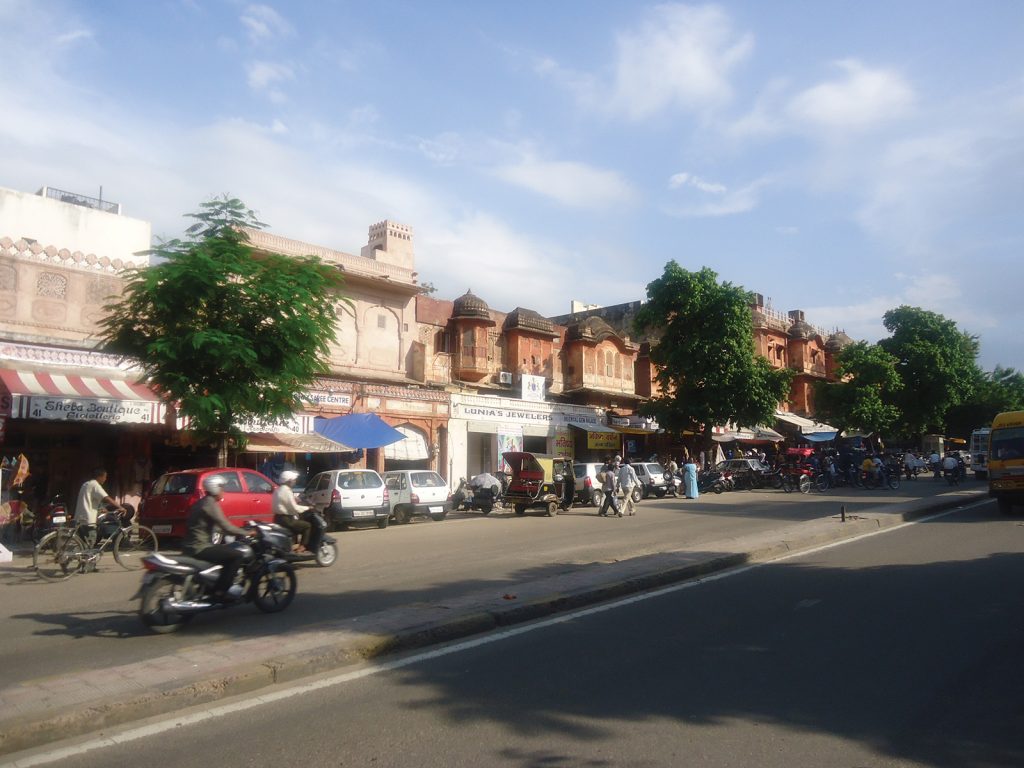
Laheriya is a sari design which is especially worn during the monsoon months. These are sold in abundance in the Hawa Mahal markets as are copies of ancient classical miniature paintings and folk paintings. So take your pick. Enjoy the experience and shop till you drop! Jaipur is just the place to splurge on gifts for friends and the family.
By Prashant Singh Pics: Babu Sarkar

